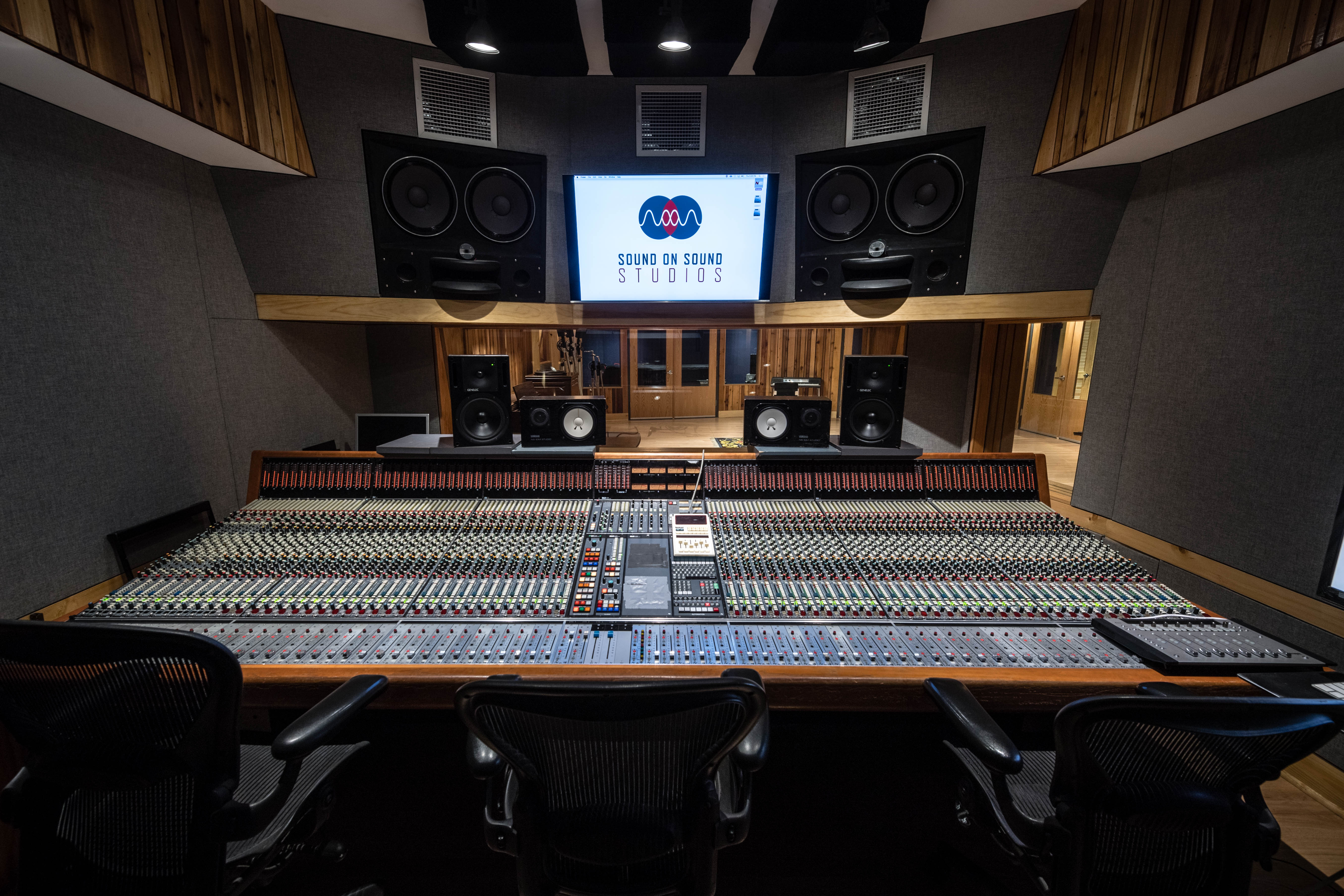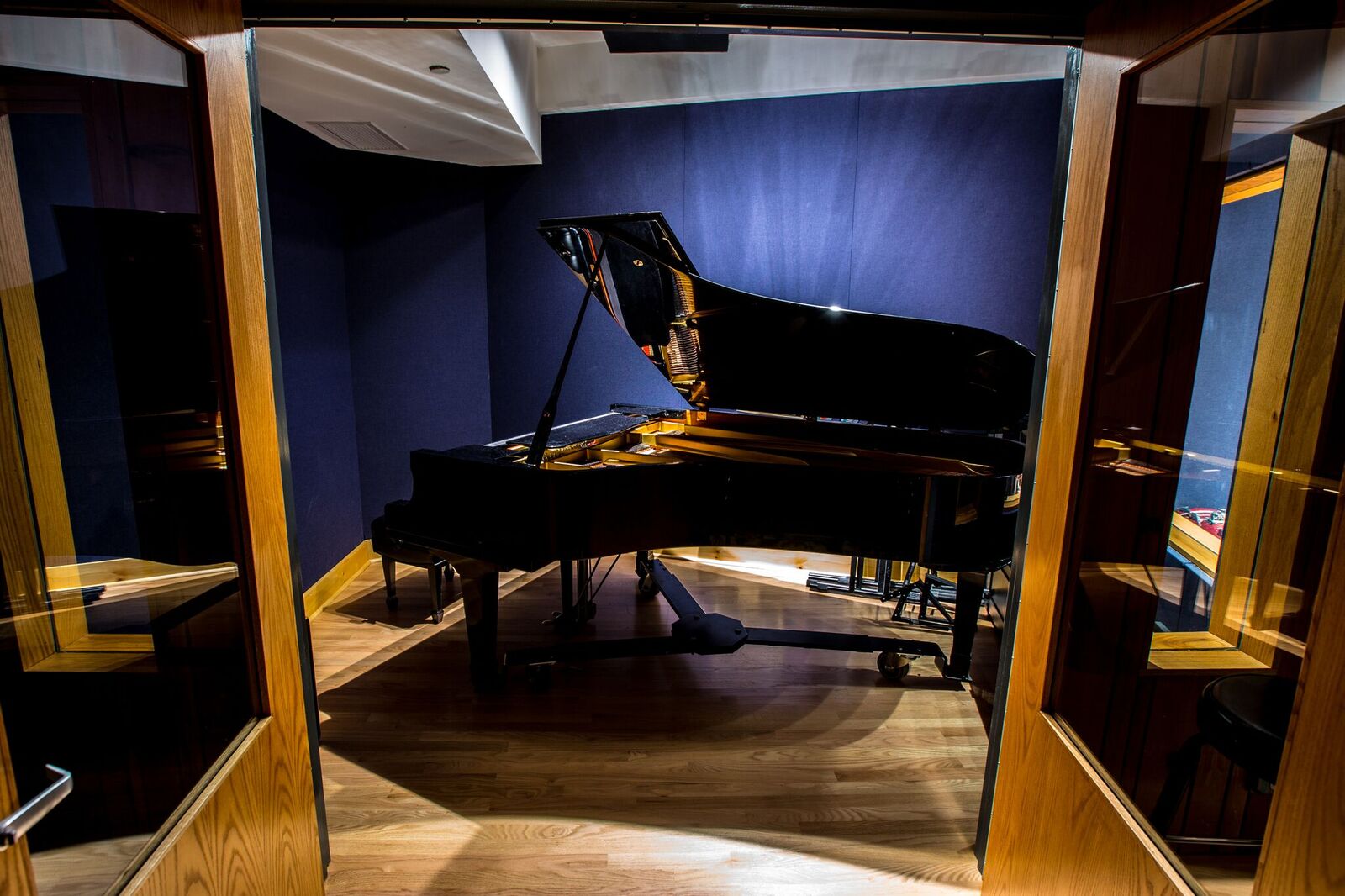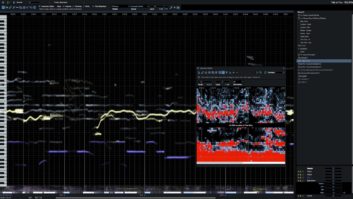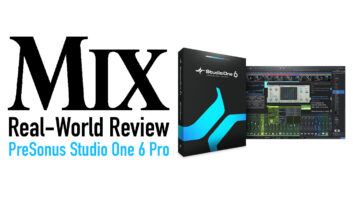It certainly won’t come as news to you as a Mix reader that the commercial studio industry has dwindled over the last 20 years or so. The well-documented reasons for the decline include the contractions in the major-label world from the impact of internet distribution, the proliferation of quality home-recording gear and software, and the decentralization and globalization of production made possible by the easy sharing of digital audio files online. As if that weren’t enough, the skyrocketing real estate prices in major cities have been the final nail in the coffin for many major studios.
But some have tried a new strategy—moving to the suburbs. Here in the New York area, Sterling Sound, a major mastering facility, recently left its Manhattan headquarters and relocated most of its business in Edgewater, N.J., which is literally just over the George Washington Bridge from Manhattan. (Sterling is also opening a Nashville facility.) And now Sound on Sound Studios, which was in midtown Manhattan in several locations and incarnations over the years (including Legacy Studios and MSR Studios), has moved to Montclair, N.J., a fashionable suburb of New York that’s within easy commuting distance of the city.
I had the opportunity to visit Sound on Sound for the first time last week and wow, was I impressed! It’s a first-class facility that has already attracted high-profile clientele. Owner David Amlen and studio manager Tony Drootin are seasoned veterans of the NYC major studio scene, and they’ve brought a big-city-studio vibe to this suburban location. When I walked out the door at the end of my visit, I half expected to find myself on Broadway or Sixth Avenue.
Read more Mix Blog Studio: The Creative Control Conundrum

Studio A features a Neve VR Console with Flying Faders, a great-sounding control room and a gorgeous 1,250-square-foot live room with awesome natural ambience and four nice-sized iso rooms. It’s well suited for everything from drum recording to capturing large ensembles.
Studio B has an impressive-looking Euphonix S5 console that can also work directly as a Pro Tools controller. Its 600-square-foot live room is smaller, but still plenty spacious, and has a pair of iso rooms. Thanks to ample tie-lines, the live rooms can be used together on a single session, when needed.

Because of its lower overhead, Sound on Sound offers daily and hourly prices that are much less than similarly equipped studios in New York City. What’s more, getting to Sound on Sound from the City isn’t much more difficult than getting to Williamsburg in Brooklyn (a current hub of commercial studio activity). Soon, with the main subway line to Williamsburg going out of service for repairs for more than a year, it will likely be easier to get to Montclair than Williamsburg from Manhattan.
I don’t know if the moves by Sterling and by Sound on Sound are indicative of a trend, but relocating to an easily accessible suburb seems like a smart survival strategy for a commercial studio.







